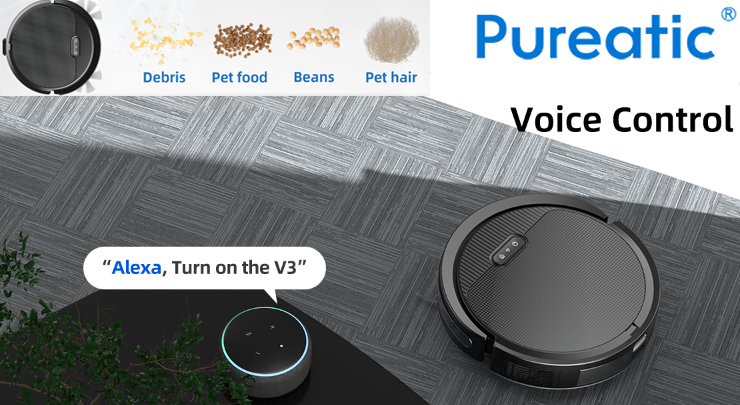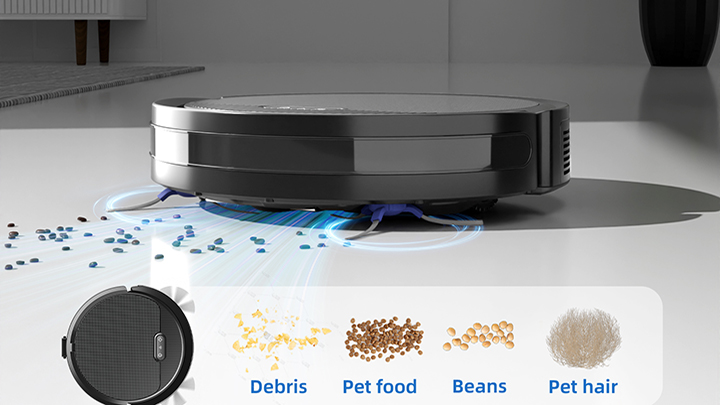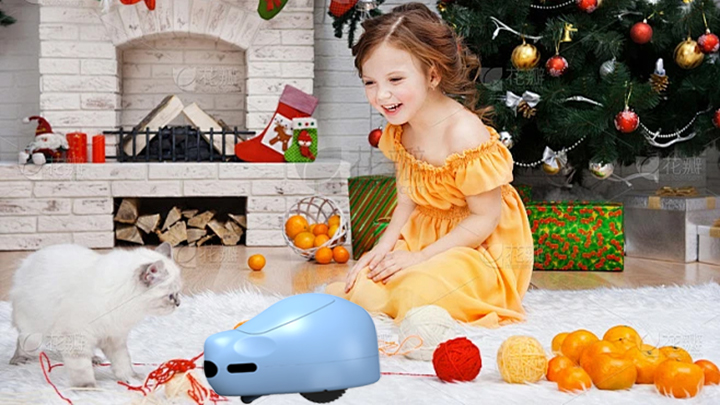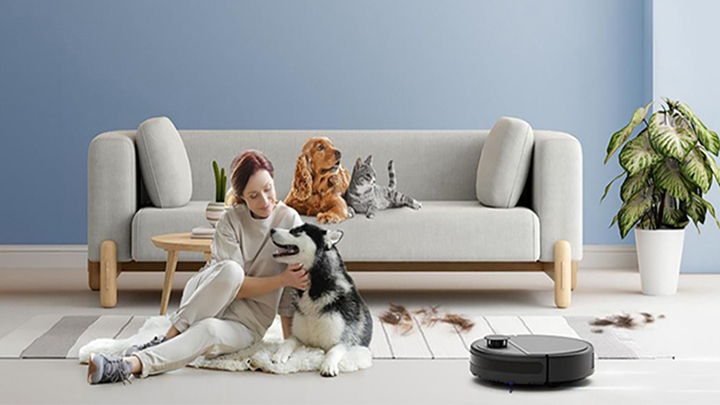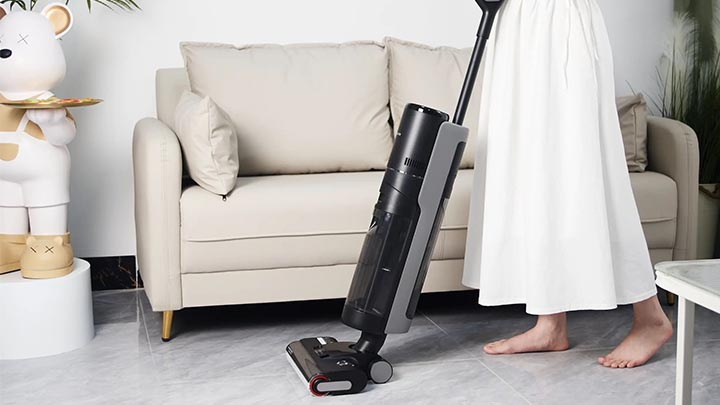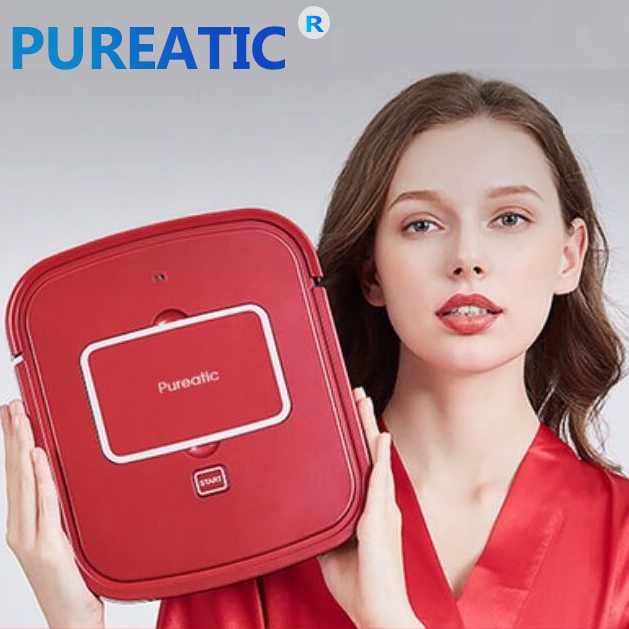How to Choose the Right Floor Cleaning Machine (Wet-Dry Vacuum)
A floor cleaning machine, also known as a wet-dry vacuum or floor washer, is a versatile tool designed to simplify home cleaning. It combines vacuuming, mopping, and sometimes scrubbing in one device, saving time and effort. However, with numerous models available, selecting the right one can be overwhelming. Here’s a comprehensive guide to help you choose the best floor cleaning machine for your needs.
1. Consider Your Floor Type
Different floor surfaces require specific cleaning capabilities:
- Hardwood Floors: Look for machines with soft rollers or microfiber pads that won’t scratch delicate surfaces. Adjustable water settings are crucial to avoid excess moisture, which can damage wood.
- Tile and Stone Floors: Choose a model with robust scrubbing brushes to clean grout lines effectively.
- Vinyl or Laminate: Opt for machines that use minimal water and gentle brushes to prevent surface damage.
- Carpeted Areas: Some wet-dry vacuums include carpet-cleaning functions, but you may need specialized models for deep cleaning.
2. Suction Power and Cleaning Performance
Suction power determines how well the machine picks up dirt, debris, and water. Higher suction power ensures more efficient cleaning, especially on tough stains or larger debris.
- Standard Suction: Suitable for everyday cleaning on hard floors.
- High Suction: Necessary for pet hair, heavy dirt, or quick drying.
Look for machines with dual-tank systems, which separate clean and dirty water, ensuring that you’re always cleaning with fresh water.
3. Battery Life and Corded vs. Cordless
Your choice between a corded and cordless model depends on the size of your home and your cleaning habits:
- Cordless Models: Offer greater flexibility and are easier to maneuver. However, they typically have limited battery life (30-60 minutes), so consider models with longer runtime or fast-charging features.
- Corded Models: Provide continuous power and are ideal for larger spaces. The drawback is that they can be less convenient due to limited mobility.
4. Water Tank Capacity
The size of the water tank affects how often you need to refill or empty it:
- Small Tanks (0.5 liters): Suitable for quick spot cleaning or small apartments.
- Large Tanks (1 liter or more): Better for cleaning larger areas without interruption.
Machines with separate tanks for clean and dirty water prevent cross-contamination, ensuring more hygienic cleaning.
5. Cleaning Modes and Settings
Modern floor cleaners offer multiple modes for different cleaning tasks:
- Dry Mode: Acts like a regular vacuum cleaner.
- Wet Mode: Mops the floor while vacuuming up dirty water.
- Self-Cleaning Mode: Some models automatically clean the brush rollers after use, reducing maintenance time.
Adjustable settings for water flow and suction strength allow you to tailor the cleaning process to different surfaces and levels of dirtiness.
6. Ease of Use and Maneuverability
Consider the following factors for user comfort:
- Weight: Lighter models are easier to push and carry, especially for multi-floor homes.
- Swivel Steering: Enhances maneuverability around furniture and tight spaces.
- Handle Design: Ergonomic handles reduce fatigue during prolonged cleaning sessions.
7. Noise Level
Floor cleaning machines can be noisy, particularly those with powerful motors. If noise is a concern, check the decibel (dB) rating. Models rated under 70 dB are relatively quiet and suitable for households with children or pets.
8. Maintenance and Filter Types
Regular maintenance ensures the longevity and efficiency of your machine:
- Filters: HEPA filters are ideal for homes with allergies as they capture fine dust and allergens.
- Brush Rollers: Look for models with easily removable brushes for quick cleaning. Some advanced machines offer tangle-free rollers, which prevent hair from wrapping around the brush.
9. Additional Features
Modern floor cleaning machines come with various features that enhance functionality:
- Self-Cleaning Function: Automatically rinses and cleans the brush, saving you time.
- LED Display: Provides real-time information on battery life, cleaning mode, and water level.
- Smart Sensors: Detect different floor types and adjust suction or water flow accordingly.
- App Integration: Some high-end models connect to smartphone apps for remote control and monitoring.
10. Budget Considerations
Floor cleaning machines come in different price ranges:
- Budget-Friendly Models ($100-$200): Basic cleaning capabilities, suitable for small apartments.
- Mid-Range Models ($200-$500): Offer better suction power, larger tanks, and more features like self-cleaning.
- High-End Models ($500 and above): Include advanced navigation, smart sensors, app control, and self-cleaning functions.
Conclusion
Choosing the right floor cleaning machine involves assessing your home’s specific needs, including floor types, cleaning frequency, and desired features. By evaluating factors like suction power, battery life, tank capacity, and ease of maintenance, you can select a model that makes cleaning more efficient and enjoyable. A well-chosen floor cleaning machine not only saves time but also ensures a spotless, hygienic living environment.

